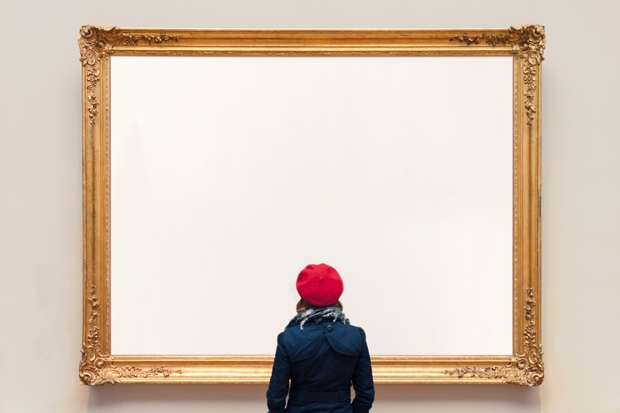Jessie Burton’s first novel, The Miniaturist, set in 17th-century Amsterdam, read like a lantern-slide show. Her churches were by Pieter Saenredam, her town-houses those of Vermeer and Gerard ter Borch. Her kitchens and corridors and eaves-dropping maids came from Nicolaes Maes. She proved herself a painterly writer with an eye for the telling detail.
The Miniaturist was inspired by a real work of art: Petronella Oortman’s dollshouse in the Rijksmuseum. Burton’s fictional Nella becomes the owner of a dollshouse filled with miniature furniture and family whose movements begin eerily to anticipate — perhaps exert malign influence over — events in the real house.
Burton has pulled off a similar trick in her second novel, The Muse. This time, the object around which the story spins is a painting of ‘Saint Rufina and the Lion’, by — or so we first believe — Isaac Robles, a might-have-been-Miró, a perhaps-Picasso, had he not been killed in the Spanish Civil War.

Get Britain's best politics newsletters
Register to get The Spectator's insight and opinion straight to your inbox. You can then read two free articles each week.
Already a subscriber? Log in








Comments
Join the debate for just £1 a month
Be part of the conversation with other Spectator readers by getting your first three months for £3.
UNLOCK ACCESS Just £1 a monthAlready a subscriber? Log in